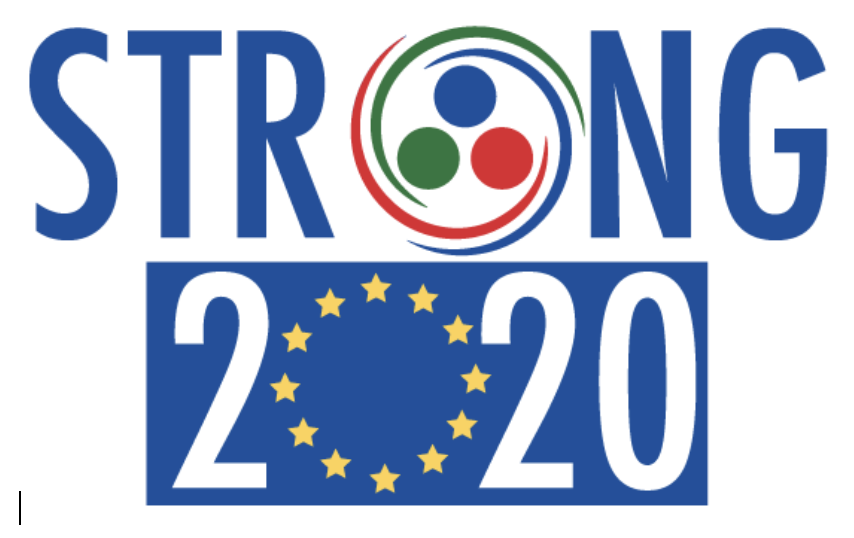Exotic multi-quark states and baryon spectroscopy workshop
Wolfgang Paul Hörsaal
Universitätsclub Bonn, the University of Bonn
The final workshop of the Strong-2020 transnational access for FTD-Hadron/ELSA

We wish to bring together theory and experiment to discuss baryon spectroscopy across the quark flavour and mass range. In particular, we will focus on the role of exotic multi-quark states in the baryon sector and candidates beyond three valence quark systems.
The research and results achieved with the projects supported at the FTD-Hadron/ELSA infrastructure will be highlighted, which were predominantly part of the BGOOD and CBELSA/TAPS meson photoproduction experiments. The science case will be discussed along with results from other facilities worldwide and recent theoretical developments. The workshop is open for contributions across the hadron physics community. Registration will be open from March 1st.

The FTD-Hadron/ELSA transnational access project is part of the Strong-2020 consortium and has received funding from the European Union's Horizon 2020 research and innovation programme under grant agreement STRONG-2020 - No. 824093.
